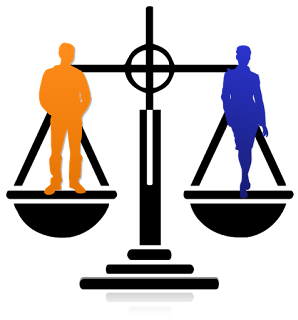
What does ageing mean to you? Part-I What comes to your mind first when you hear the word “elderly”? A stooped posture, wrinkled skin, aching knees, graying hair, a stick to carry yourself onto, slurred speech, forgetfulness, loneliness or death? How you define ageing is your perception of looking at it. Unfortunately, most of us imagine ageing as growing towards death and losing everything you earned along the way one asset at a time (which is true in most cases). Our society has been looking at growing old mostly in a negative way. And the reason behind believing that you cannot teach old men new tricks is a restricted way of thinking which is confined to thinking what society continued to think over decades. This negativity eventually causes the person who is ageing somehow end up negatively (even if he desired positivity) because of lack of awareness about growing old and as a result society imposing continuous pressure of ageing. No, it’s not that sim...



